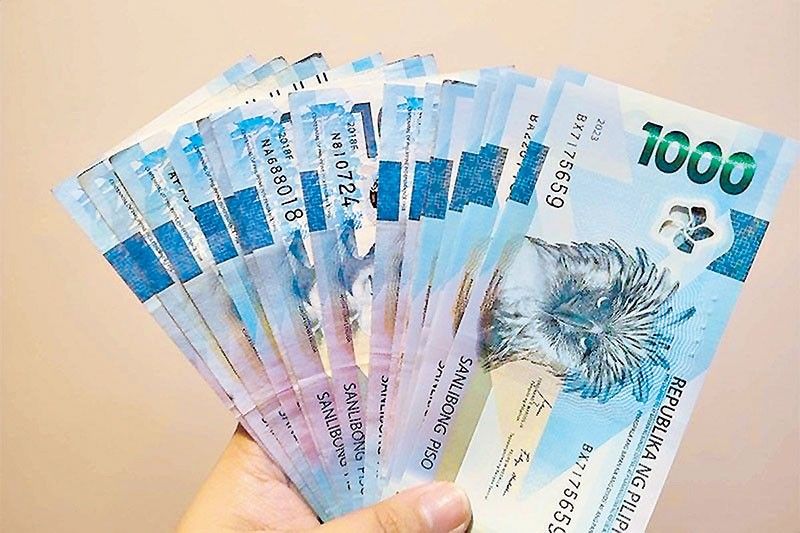Big cuts to national debt unlikely, says Treasury

MANILA, Philippines — An aggressive cut in the country’s debt-to-gross domestic product (GDP) ratio to pre-pandemic levels is impractical given the need to sustain public investments, according to the Bureau of the Treasury (BTr).
In its 2023 Annual Report, the BTr said the government’s medium-term fiscal framework (MTFF) would act as a roadmap for balancing debt reduction, while also maintaining fiscal space for essential public investments to support economic growth.
However, the BTr said restoring the debt-to-GDP ratio to the pre-pandemic level of 39.6 percent is “technically and politically infeasible” as this would require consistent budget surpluses.
This “would deprive the country of the needed public investments to take advantage of its demographic trends and structural reforms to improve its business climate,” it said.
The country’s outstanding debt as a share to the overall economy remained above the internationally accepted threshold, even breaching the 61-percent level following the weaker-than-expected 5.2 percent GDP growth in the third quarter.
Based on the latest data, the share of national debt to the country’s output rose to 61.3 percent from 60.9 percent in the previous quarter. This was also significantly above the 60.2 percent recorded in the third quarter of 2023.
The ratio is also above the 60.6 percent year-end target set by the Development Budget Coordination Committee. As of end-September, the national debt stood at a record P15.89 trillion.
As such, the current debt-to-GDP ratio remained above the internationally accepted threshold of 60 percent, which still puts the Philippines at a vulnerable spot in terms of its capacity to pay off its financial obligations.
But despite elevated debt levels, the Treasury said there are several factors that would bolster debt sustainability such as robust economic growth of 5.6 percent, declining budget deficits and favorable borrowing conditions.
The current debt ratio is also lower than the historical peak of 71.6 percent in 2004 and is well below the average of 75 percent for similarly rated and developing economies.
“As long as the MTFF remains credible, it will continue to positively shape market perceptions about the riskiness of the Philippines’ debt, which is crucial to keep financing costs moderate enough to be outpaced by the country’s economic growth,” the BTr said.
In 2023, the national government recorded a 60.1-percent debt-to-GDP ratio. The ratio is expected to remain flat by the end of 2024.
- Latest
- Trending































